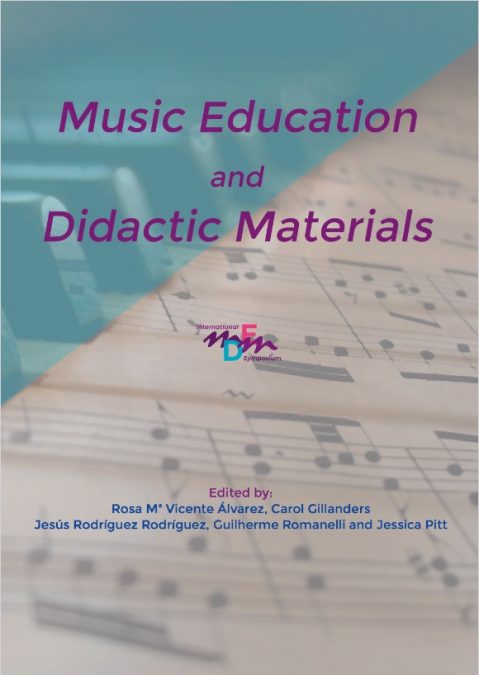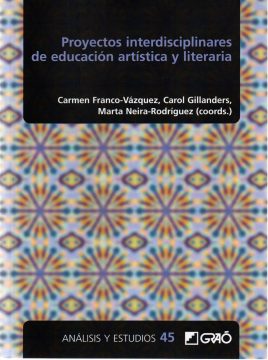
Experiencias musicales a través de un proyecto de ApS
8 February 2022
Os clásicos desde a visión vangardista de Kvêta Pacovská
8 February 2022Music for the environment: a pedagogical tool
Year of publication:
2020
Editorial:
Andavira
ISBN:
978-84-122480-2-9
How to quote
Tojeiro Pérez, L. (2020). Music for the environment: a pedagogical tool. En Vicente Álvarez, R.M., Gillanders, C., Rodríguez Rodríguez, J., Romanelli, G., & Pitt, J. (coord.) (2020): Music education and didactic materials (pp. 105-113). Santiago de Compostela: Andavira. https://minerva.usc.es/xmlui/handle/10347/23403
Abstract
Music, understood as language, helps to disseminate information, to increase social awareness and to encourage responsibility. By using music as a channel for environmental education, we can promote an integrated knowledge that links experience with learning. Taking advantage of songs, dances, sounds, recordings, rhythms and movement, we can make environmental content accessible in a fun and positive way. Thus, we aim to raise awareness about environmental issues, using music as a creative and interactive social awareness tool. We present various pedagogical experiences that use music as a tool for environmental education. Using music from the evolutionary, biological, zoological, ecological and emotional perspectives, these initiatives seek to counteract the possible nature deficit effects which threaten current society. Specifically, proposed activities include open-air and indoor musical experiences, as the recreation of different soundscapes, the construction of musical instruments with recycled materials, and how to deal with environmental issues through artistic expression. By listening, observing and touching our environment, we aim to bring students closer to nature in a creative way that stimulates curiosity, motivation and transversality. In short, these musical experiences aim to educate with respect for natural and cultural resources, promoting sustainable initiatives via an interdisciplinary approach combining musical and environmental education.


